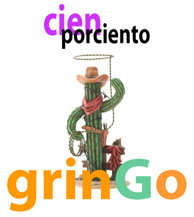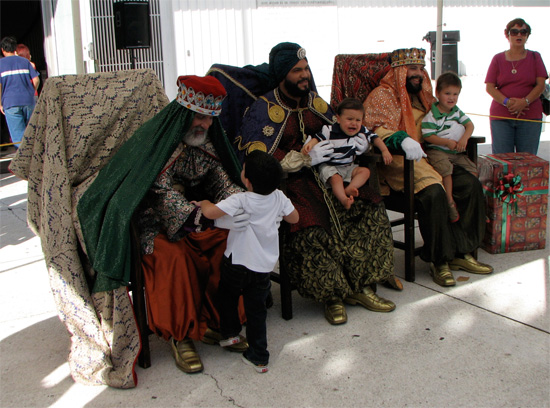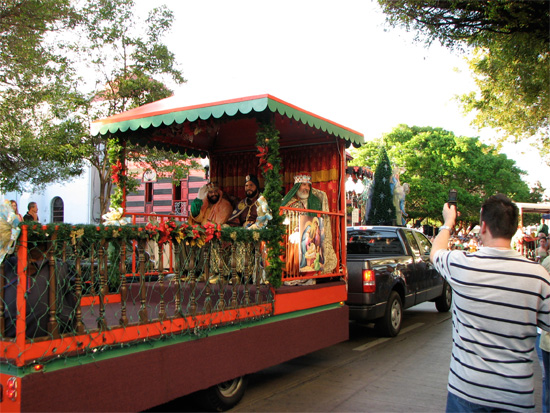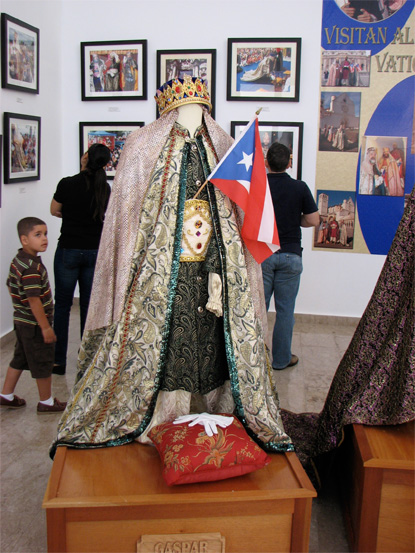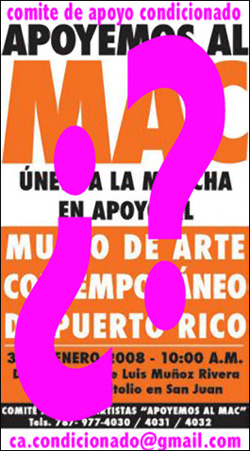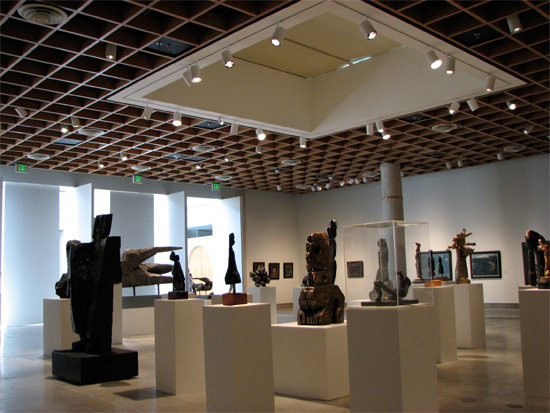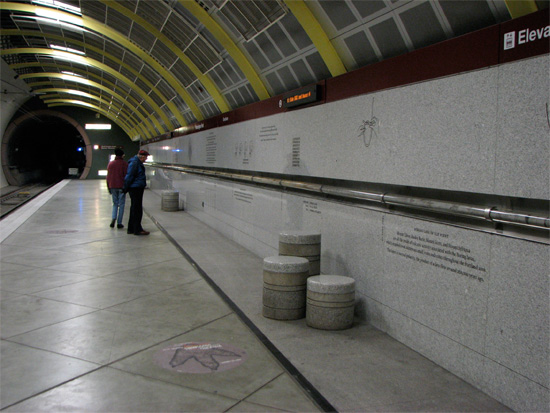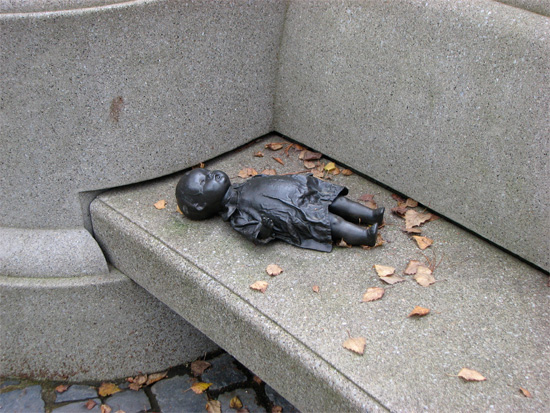|
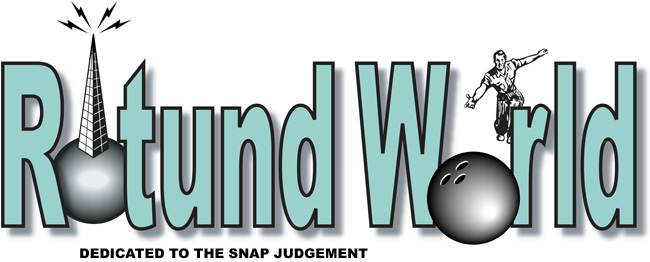
Wack-a-Doo
This happens every time we break free of the furious, nagging orbit of the San Juan contemporary art scene. We spend a few weeks in the lovely, if watersoaked, boondocks of the Pacific Northwest, nestled in the bosom of the family. The clock loses some of its idiot urgency. Our old pals look happy to see us, they inquire about our health and flatter us no end with allusions to recent Rotundery, and life among the humans begins to look sanguine, perky, and emotionally hygienic for a change. Then sure enough, upon our return, refreshed and veritably atwitter with goodwill, there is some new pointless brawl to greet us, a swift kick and a poke in the eye just for stepping off the plane. Ouch. At the moment the San Juan scene is erupting with the howls of the usual vested interests, not unlike those of the feral cats in heat that stalk the back alleys of Viejo San Juan, slinking about on their bellies like dying junkies. To our once-soothed ears, it’s an infernal racket, bound to raise our blood pressure to its usual levels for the next week or two, at least.
We’re exaggerating, of course, but frankly we’d much rather dwell on that dream-like time away, with its many useful lessons in tranquillity, good humor, and deeper meanings, just the thing for the overheated, all too frequently botherated boricua way of life. Or we’d love to focus on the island’s simpler pleasures, like the arrival of Los Tres Reyes Magos—¡Los auténticos!—in Ponce. There is nothing quite like those golden-toed golems of the tropics, the boys with beatitude, Gaspar, Melchor, and Bastidor. Could that possibly be right? Anyhoo, every year on cue they’re hauled about in their custom-made Magosmobile, which if not chopped, channeled, and raked, has its very own Sears-grade canopy and matching thrones. The whole town loves these guys; perhaps the whole mountainous southern half of the island loves them. We found scant evidence that this is a San Juan thing, other than page after page of seasonal hoo-hah in El Güevo Día, but we’re used to their irrelevant drivel.
We’re convinced that the Tres Reyes Magos phenom is religio-celebrity hokum in its most exuberantly Puerto Rican form, completely on a par with the annual Miss Puerto Rico Universe fleshpot extravaganzas so beloved by island society top to bottom, admit it or not. Who was not transfixed by this year’s especially wacky divertissement, involving crying jags, swollen jowls, and ostensibly pepper-sprayed garments? But alas, that is not what passes for news hereabouts. No, no, no, experts are barking away about the contemporary art scene’s terrible, perhaps even catastrophic bout of inertia: galleries closing, museums about to belly up, artists in dire straits. The particulars of this queasy moment are a bit hazy since we’ve witnessed almost none of it firsthand, but the newspapers and various blogs-in-the-know are all arant about San Juan’s Museo de Arte Contemporáneo, which is either a) in a world of hurt, about to close its doors if all and sundry don’t rally to its cause and march upon el capitolio, beseeching the government for a hefty increase in the institution’s annual $500,000 operating budget, or b) in deep shit, having come a cropper through cronyism, myopia, decades of do-nothing ass-tending, and—says the whispered subtext—outright corruption. The parties to these wildly diverging but equally wrought-up points-of-view are, on one hand, the museum’s directorate—long-time director Dra. María Emilia Somoza and, one supposes, the board of directors—or so it seems. That is, someone issued a call, via a bland, email-distributed .pdf, to “artists, gallery owners, professors, students, and other friends of the Museum of Contemporary Art of Puerto Rico” to descend upon the legislature. It’s a bit odd that no official connection to the museum appears—no logo, no museum-associated signatories, no endorsement by any named official—but the announcement’s rhetoric—“The museum has had a brilliant institutional trajectory in P.R. for twenty-four years”—makes it pretty clear it’s an inside job.
Another widely-distributed email, from a group of artists known as The Committee of Conditional Support—if only they were kidding—says, basically, “not so fast.” TCCS tries hard to maintain an even tone, assuring readers that “the community isn’t in favor of the museum’s disappearing.” What these folks want, they say, is “transparency” in the museum’s dealings with the public, by which they “demand to know,” among other things, the details of the museum’s finances, whether or not the museum has an acquisition fund, and what criteria it uses to acquire works. Many of the questions are good ones, without a doubt. Others reveal the chronic mistrust and misconceptions that have dogged MAC—and every other institution that tries to make capital improvements—ever since artists first decided that public institutions are fit targets for whatever riles them. To wit, “Does the construction of [MAC’s] glass roof have anything to do with its shortfall of funds?” The museum’s director has taken quite a thumping in many quarters, so it’s not entirely unexpected that the first question on TCCS’s list is, “Was María Elena [sic] Somoza appointed [museum director] for life?” MAC’s problems may owe something to an entrenched regime, but the question, like the many attacks on Dra. Somoza’s person, smacks of convenient scapegoating for the complicated web of causes that surround the museum’s present circumstances, whatever they are. And as for demanding answers, that’s strictly the privilege of the young and rash. Do we have an opinion on the matter? You bet we do. It would be pertinent to know, as The Committee for Conditional Support implies without saying as much, just how real the museum’s financial crisis is. Beyond that, it strikes us as presumptuous, to be nice about it, for MAC to ask the art community to support an institutional strategy which has, by its own reckoning, gotten it into this mess, if a mess it is. The strategy is, in our view, not much. MAC lags behind other island institutions in its contemporary art programming and collecting. It has accumulated its permanent collection almost entirely by way of artist donations, and although no one denies that it’s gotten some good works, it is disingenuous to say that the institution has had “a brilliant institutional trajectory.” Without collector support, without gallery interest, without a budget to pay artists fair market value for their work, no institution can claim even a “mediocre institutional trajectory.” On the other hand—as we never tire of telling you—given its meager resources, MAC has mounted some smart, handsome exhibitions in the last while. We think curator Brenda Torres Figueroa has done heroic work—witness her recent show from the permanent collection Restos and the prior Objetos de Gravamen y Causa—and both the museum’s directorate and its critics should fall all over themselves thanking her for making the world a better place. We reckon there are numerous ways that MAC could get on its feet if it had the will to do so. In fact, we believe the museum could—and should—take the lead in contemporary art programming in Puerto Rico. Some steps would not cost the institution a cent. It should seriously consider, as Pedro Vélez has insinuated amid his bombardment of virtual Whistling Devils and cherry bombs, deaccessioning part or all of its collection and using that money for programming; becoming, as Vélez points out, a Kuntshalle. Simply by calling for collaboration among art institutions—sharing exhibitions, events, and facilities with the Institute of Puerto Rican Culture, Museo de Arte de Ponce, even the benighted Museo de Arte de Puerto Rico—MAC would cause the entire local artworld to faint at once from surprise and wonder. It couldn’t hurt the museum’s prospects to assiduously court its Santurce neighbors, like the very groovy Metro Theater across the street. Torres Figueroa has previously borrowed works from private collections in the community—a not uncommon curatorial practice—with excellent results. Just by showing a new hand, Museo de Arte Contemporáneo may win back some of the community goodwill it seems to have squandered over the years. Fresh ideas alone probably won’t unfurrow the tightly knitted brows of those who walk about in a perpetual tizzy of quibbling and beard tugging, but they’re likely to attract the attention of others who’ve gone away mad or simply perplexed, the museum-goers, collectors, artists, and other interested parties the museum could ill-afford to lose.
But enough Rotund woolgathering. As controversies go, this one’s a puff of smoke. For something really, really troubling, we invite you to check out the exhibition of Domingo Garcia’s “selected works” at Museo de Arte de Puerto Rico. We’re betting that the only curatorial hand in this folly was the artist’s own. For an entirely different, thoroughly uplifting artistic experience, go immediately to Galería Guatibirí on Avenida González in Rio Piedras, and take in the panoramic cityscapes of Javier Maldonado O’Farrill. These digitally manipulated photographic prints contain images of armed struggle and revolutionary figures inserted into ordinary, even banal street scenes. Maldonado O’Farrill calls his show We Support Our Troops, but the sophisticated thinking and formal beauty of his approach make these works painterly studies of texture and color as much as the sort of easy political commentary the title implies. Call Galería Guatibirí at 787-250-1959 to ascertain business hours and directions, and you might plead with the chatty, highly entertaining director, Rubén Malavé, to extend the show beyond its February 4th ending date.
Stay tuned for more about those Magos, plus a look at public art—and public memorials —in the Pacific Northwest, where such things matter. Of course, they also matter very much in Puerto Rico, and we’ll show you how. Have you not visited our extensive coverage of Art Basel Miami Beach a hundred times? Not to brag, but we were perhaps the only member of the international press corps, ahem, to focus on the fate of the Miami art scene in the shadow of that monster of art commerce and trumped-up glamor. See what we mean if for some reason you missed out.
|
